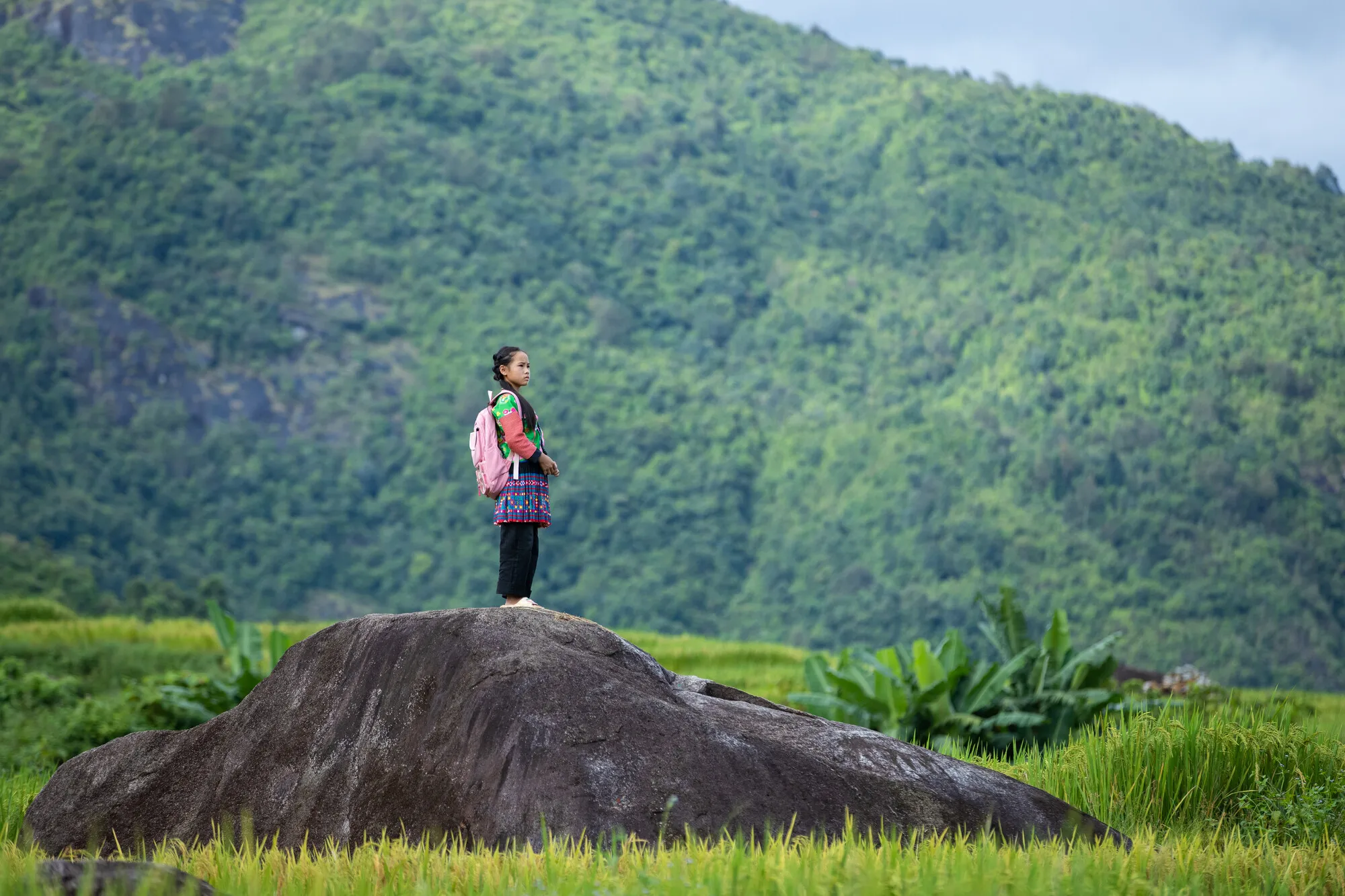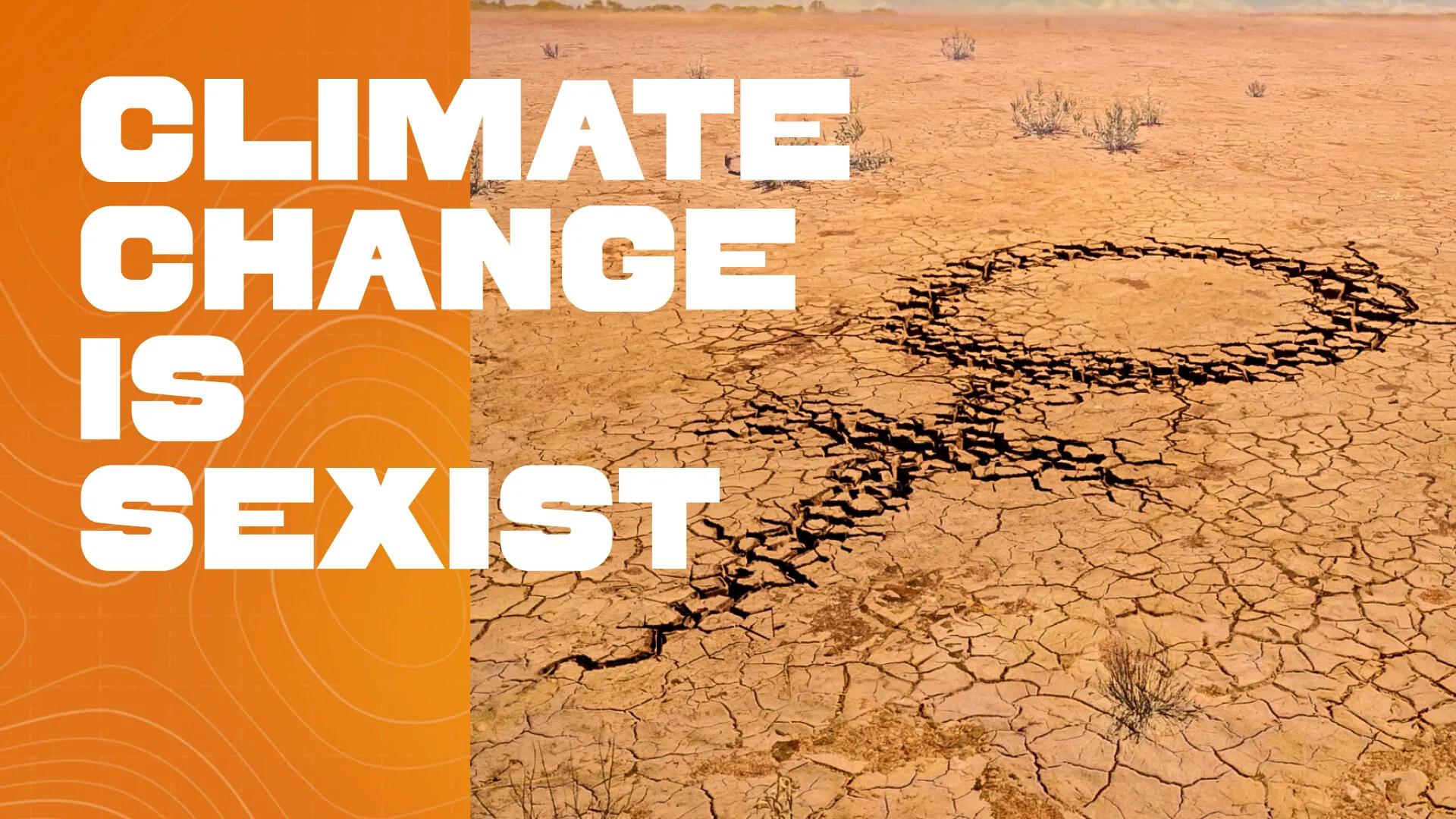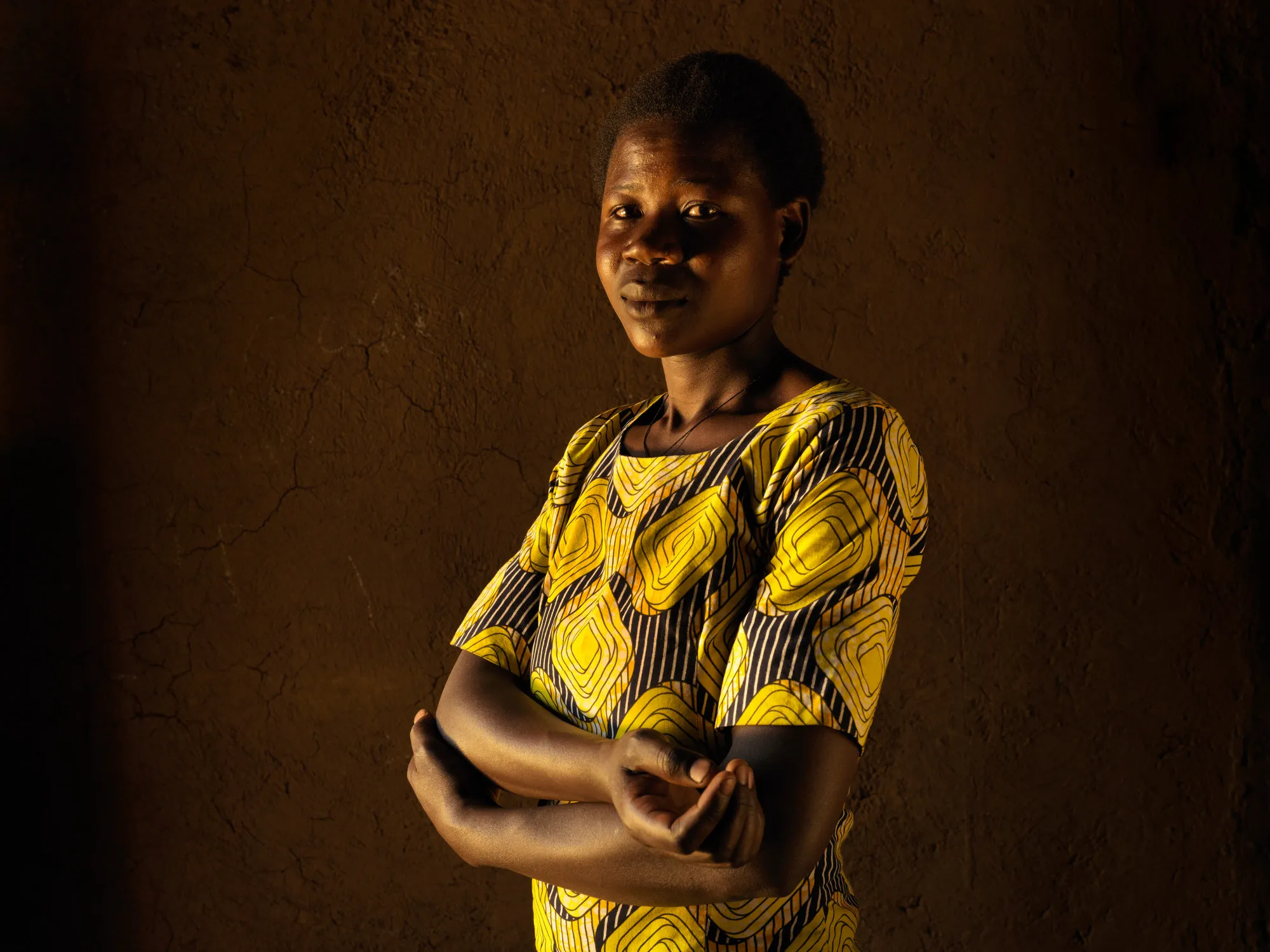In short, climate change makes inequality even more severe.
Over the next three weeks, leaders from around the world will be gathering in the United Arab Emirates in the lead-up to the COP28 climate conference, where they plan to “provide a comprehensive assessment of progress since adopting the Paris Agreement.”
By almost any measure, this progress has fallen woefully short of the 2015 Paris Agreement’s goal to hold “the increase in the global average temperature to well below 2°C above pre-industrial levels.”
In fact, over the past eight years, global emissions have actually risen.
Clearly, the crisis isn’t getting better. And the inequalities that climate change exacerbates are getting worse.
It’s a global crisis, but it doesn’t affect everyone equally.









